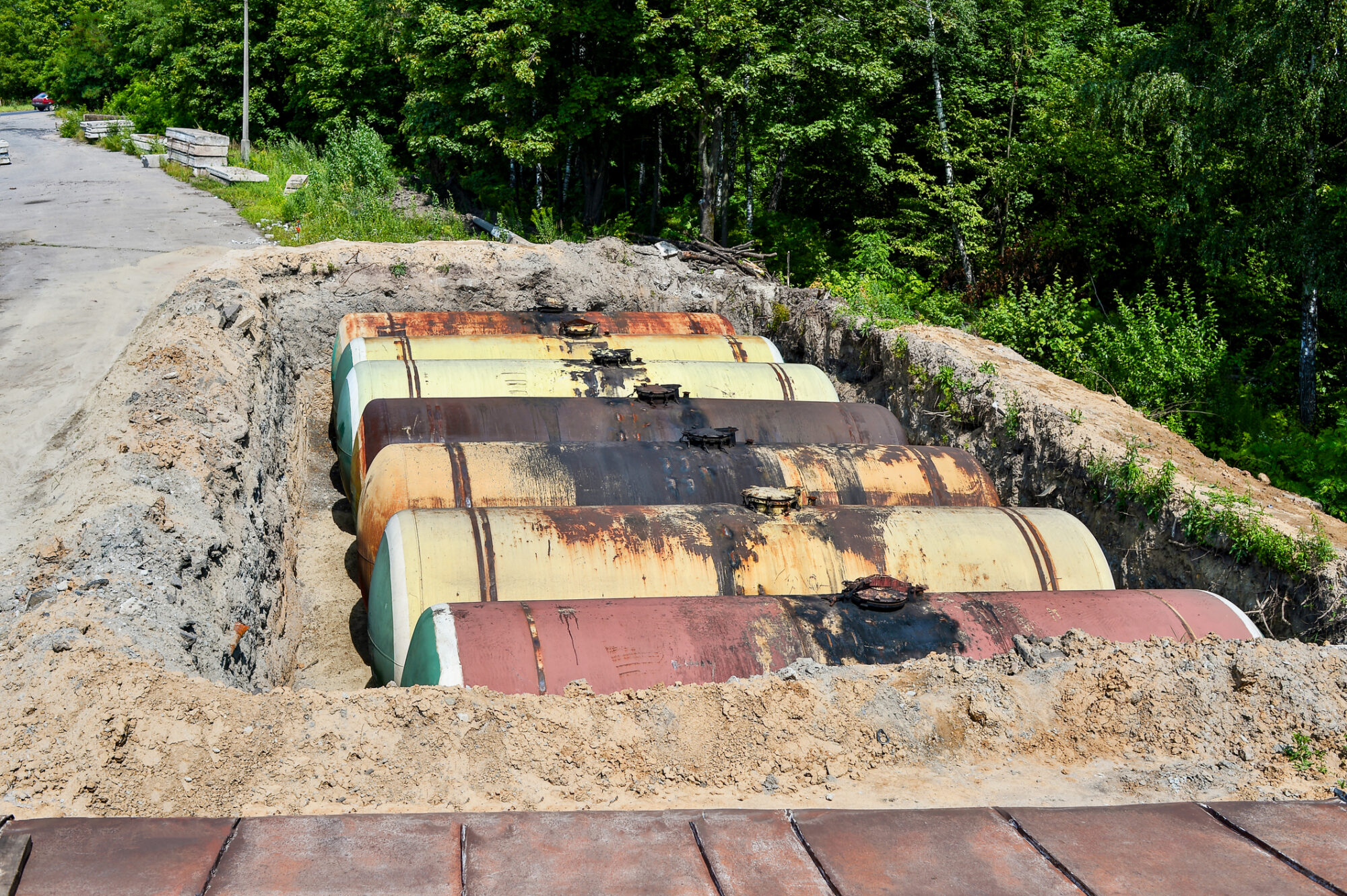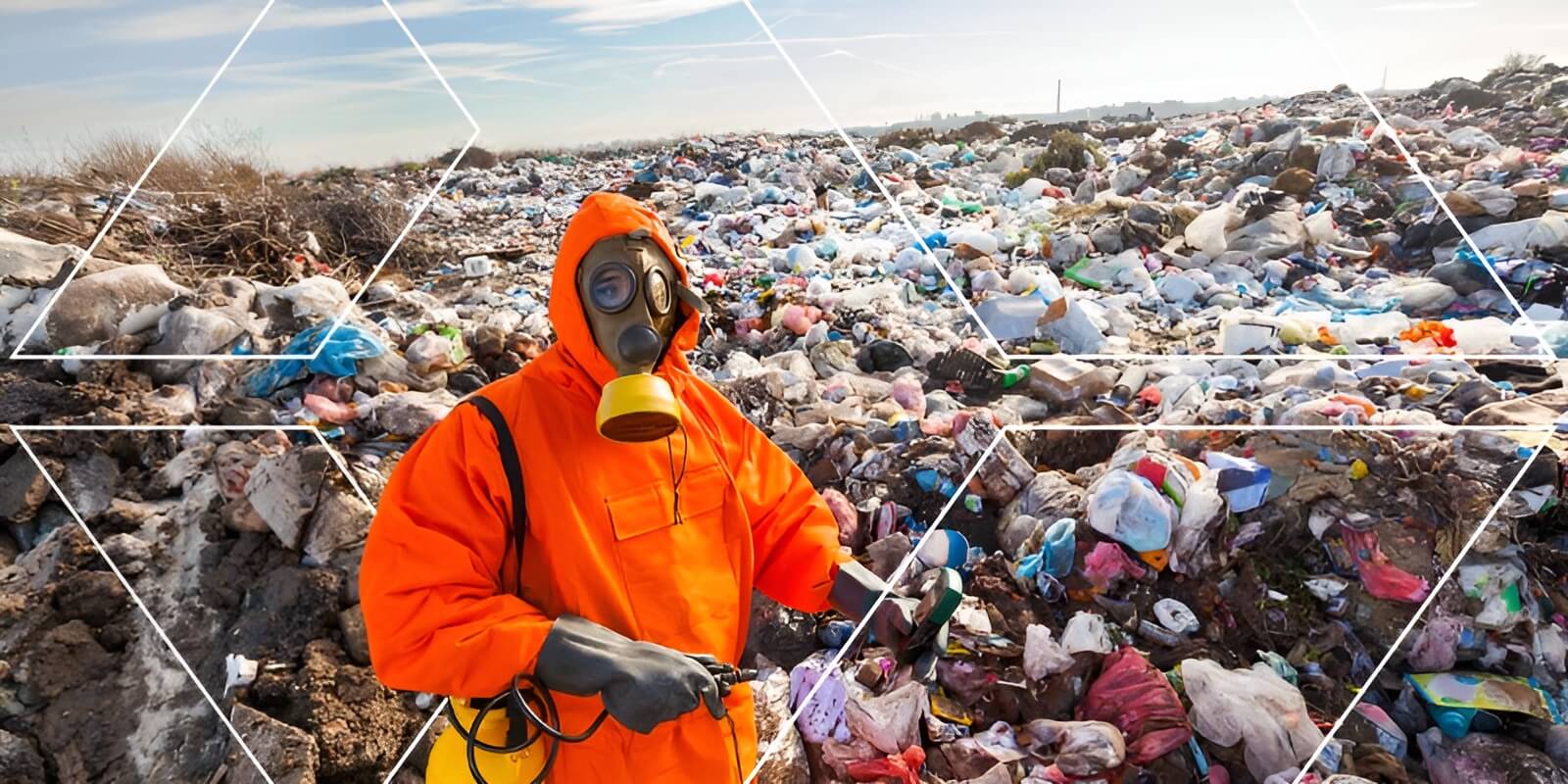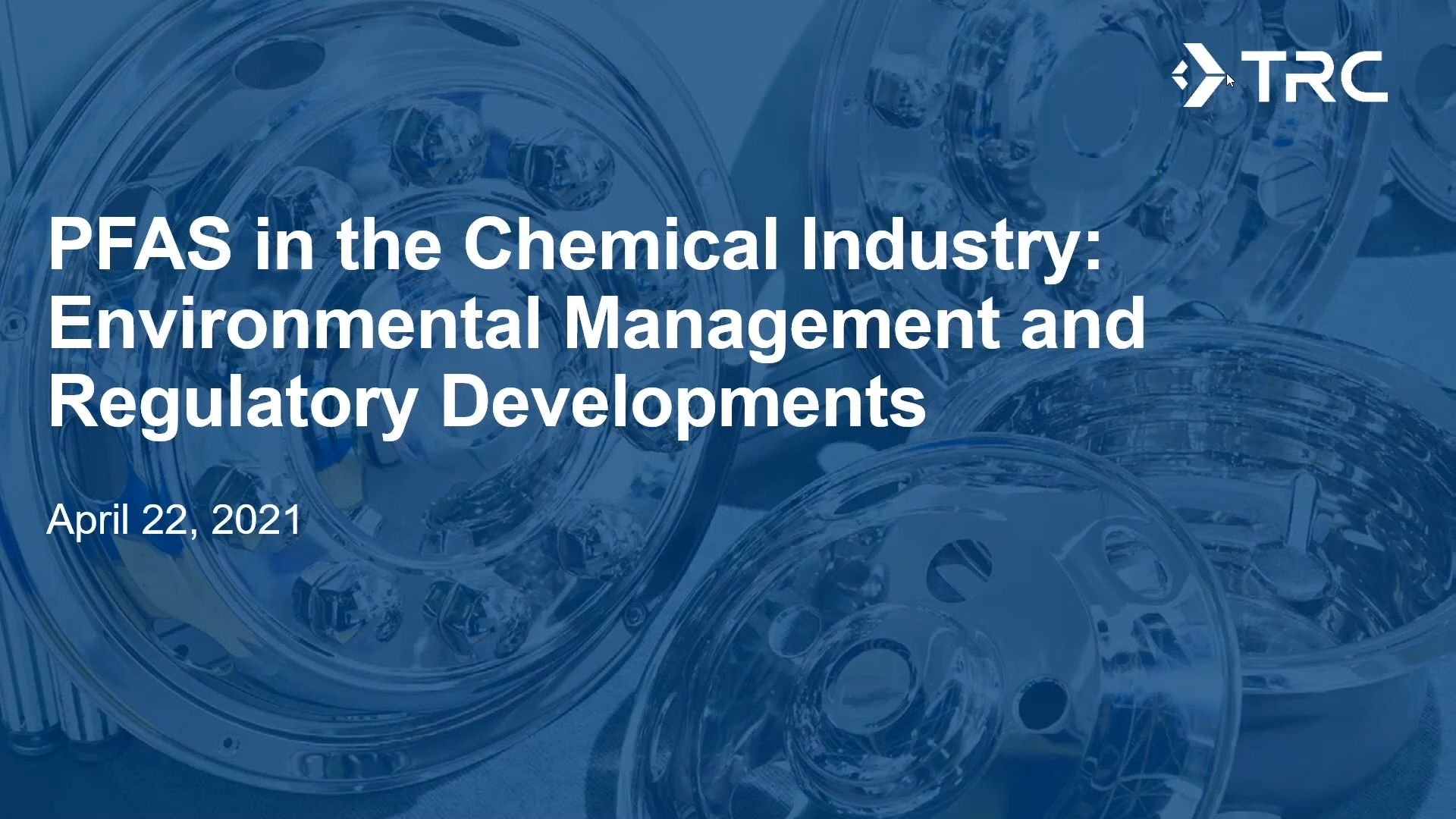Author: Jenny Phillips | May 2, 2022
TPH Risk-Based Strategies
This presentation discusses recent developments in Total Petroleum Hydrocarbons (TPH) risk-based strategies. The unique fate and transport properties of TPH- specifically in biodegradation and metabolite production—affect how risk should be assessed at the site. Understanding TPH analytical data, CSM and regulatory framework is critical in determining realistic risk management options on the road to site closure.
Contact Jenny Phillips, VP, Director of Technical Development Unit and CORE at jkphillips@trccompanies.com to learn more about TRC’s risk assessment capabilities.
Related Services
About the CORE
The Center of Research and Expertise (CORE) is a multidisciplinary team led by proven subject matter experts who are recognized for their technical contributions and knowledge in a wide range of environmental subjects and specialties. Our purpose is to promote the expertise and talents of our team while enabling them to work at the forefront of emerging challenges and solutions. The CORE Teams contribute to the technical advancement of our professional, academic and client communities, as we work to solve clients’ issues through the improvement of science and technologies in our industry. Our CORE Teams also contribute significantly to our culture at TRC, with the intent to support and sustain growth. The work we do within TRC brings immense value to our clients, our company, and our team, and differentiates TRC’s leadership in the markets we serve.
This team supports the growth and promotion of our staff and their technical skills, in over 25 different specialized technical areas.
Sharing Our Perspectives
Our practitioners share their insights and perspectives on the trends and challenges shaping the market.

Evaluating Recent Clusters of Silicosis in Engineered Stone Workers
July 7, 2025
Engineered stone has become the most popular countertop material in the U.S. While its high silica content has raised health exposure concerns, these operations can be performed safely. Recent clusters of silicosis highlight the health implications if proper protocols and controls are not implemented.

EPA Reduces Residential Soil Screening Level for Lead
February 12, 2024
The U.S. Environmental Protection Agency Office of Land and Emergency Management released the Updated Residential Soil Lead Guidance for CERCLA Sites and RCRA Corrective Action Facilities

EPA Issues Clarification of Free Product Removal Requirements
June 20, 2023
EPA recently clarified requirements for LNAPL recovery and remediation.

EPA Finds Trichloroethylene Presents Unreasonable Risk in Final Risk Evaluation
April 6, 2023
On Jan 9, 2023, the United States Environmental Protection Agency (EPA) revised the Toxic Substance Control Act (TSCA) to reflect a new risk determination for trichloroethylene (TCE).

Proposed MCLGs and MCLs for PFAS
March 15, 2023
Final Regulatory Determination for Contaminants on the Fourth Drinking Water Contaminant Candidate List

Washington State Establishes PFAS Cleanup Levels
September 21, 2022
The Washington State Department of Ecology (Ecology) recently published a list of 6 PFAS compounds that now have soil and groundwater cleanup levels

New National Emerging Contaminants Research Initiative
September 12, 2022
The Executive Office of the President of the United States announced a National Emerging Contaminant Research Initiative

EPA Issues Proposed Rule Designating PFOA and PFOS as Hazardous Substances
September 7, 2022
The EPA has issued a pre-publication version of a proposed rule to designate two PFAS compounds as hazardous substances under CERCLA.

EPA Announces Updated Drinking Water Health Advisories for Four PFAS Chemicals: PFOS, PFOA, PFBS, & GenX
June 24, 2022
On June 15, 2022, the EPA released updated Health Advisory Levels for four per- and polyfluoroalkyl substances (PFAS) in drinking water

Ecological Risk of PFAS from AFFF-Impacted Sites
June 30, 2020
The facts on evaluating exposure to wildlife

TRC’s Reporting Tool Can Help Identify New PFAS under the TRI
May 19, 2020
While utilities often work in technical silos, NERC auditors are trained to cross check compliance evidence and data between interrelated standards.

Jenny Phillips
Jenny Phillips, Director of Technical Development, VP – Jenny Phillips leads the Technical Development Unit of TRC, focusing on Emerging Contaminants. She is an expert in human health and ecological risk assessment with a focus in risk communication and stakeholder discussions. Ms. Phillips also leads TRC’s Center for Research and Expertise which includes 30+ technical teams. Contact Ms. Phillips at JPhillips@trccompanies.com.




















